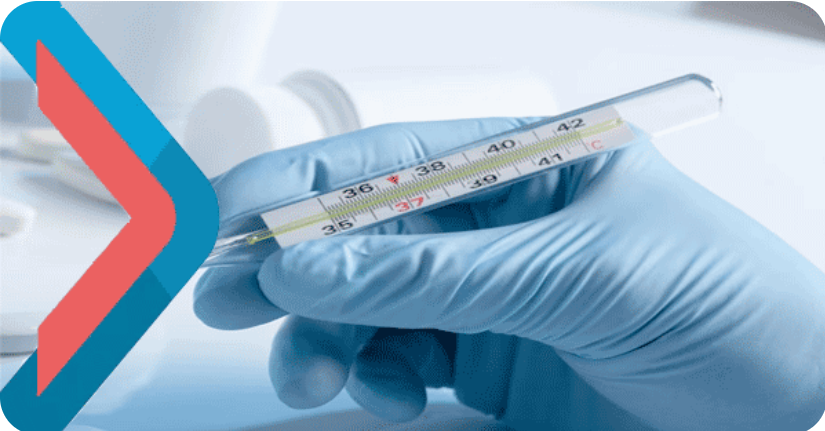When you or a loved one comes down with a fever, it can be concerning. Whether it’s a mild temperature or something more severe, knowing how to assess and manage the situation is crucial. One key part of this process is understanding fever tests: what they cost and how to choose the right one. In this blog, we’ll break down what you need to know.
Understanding Fever Tests
Fever tests are primarily used to determine the presence of an infection or other underlying conditions. These can range from simple at-home thermometers to more advanced medical tests conducted in a clinic or hospital setting. Common types of fever tests include:
Digital Thermometers: Affordable and easy to use, these can give you a quick reading of your temperature.
Infrared Ear Thermometers: A bit pricier but offer quick results with minimal discomfort.
Blood Tests: Sometimes necessary for a more detailed analysis of what might be causing the fever.
Urine Tests: Often used to check for infections in the urinary tract.
What to Expect in Terms of Pricing
The cost of fever tests can vary widely based on the type and where you get them. Here’s a rough breakdown:
At-Home Thermometers: These typically range from ₹800 to ₹4000, depending on the brand and features. Investing in a reliable digital thermometer can be a smart choice for quick checks at home.
Infrared Ear Thermometers: Expect to pay between ₹1600 and ₹8000. These can be especially handy for families with young children, as they are quick and less intrusive.
Clinic Visits: If you need a professional evaluation, visiting a clinic can range from ₹4000 to ₹12000 for the consultation, plus any additional costs for tests like blood work or urine analysis.
Emergency Rooms: In cases where fever is accompanied by severe symptoms, a trip to the emergency room may be necessary. Costs here can be significantly higher, often exceeding ₹30000 depending on the treatment required.
How to Choose the Right Test
Choosing the right fever test depends on several factors:
Severity of Symptoms: For mild fevers, an at-home thermometer is often sufficient. If symptoms are severe or prolonged, it’s wise to consult a healthcare professional.
Age and Health Status: Infants, elderly individuals, or those with underlying health conditions may require more immediate and thorough testing.
Budget: Be mindful of what you can afford. At-home options are economical but may not provide the detailed information needed in some cases.
Convenience: Consider how quickly you need results. At-home thermometers are instant, while lab tests may take longer.
When to Seek Medical Attention
While many fevers can be managed at home, certain situations warrant immediate medical attention. If you or your child experiences:
A fever over 103°F (39.4°C) in adults
A fever over 100.4°F (38°C) in infants under three months
Severe headache, rash, or difficulty breathing
Persistent vomiting or diarrhea
it’s time to seek professional help.
Conclusion
Understanding fever tests and their costs can help you make informed decisions about health care. Whether you opt for an at-home thermometer or need a professional evaluation, knowing what to expect can alleviate some of the stress associated with fever management. Always trust your instincts—if something feels off, don’t hesitate to reach out to a healthcare provider. Your health is worth it!

